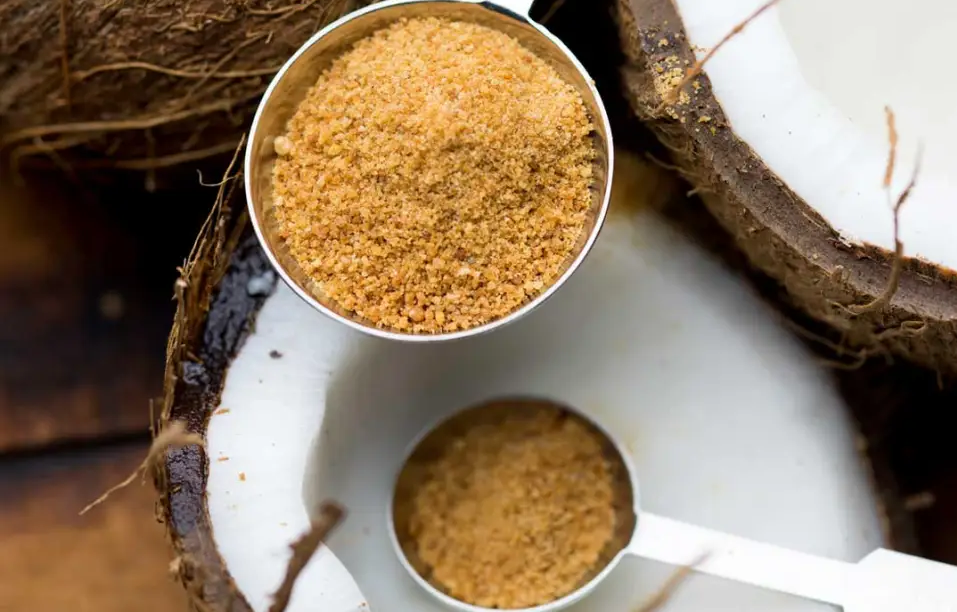Sage (Salvia officinalis) is indeed an ancient herb with a rich history of culinary, medicinal, and ceremonial use. It continues to be valued today for its various modern uses. Here are some of the ways sage leaves are utilized:
- Culinary Uses:
- Flavorful Herb: Sage is a highly aromatic herb with a strong, earthy, and slightly peppery flavor. It is commonly used to season various dishes.
- Cooking: Sage leaves can be used fresh or dried to add flavor to a wide range of dishes, including roasted meats, stuffing, soups, stews, pasta, and vegetable dishes.
- Fried Sage: Sage leaves can be fried in oil or butter until they become crispy and used as a garnish for pasta or risotto.
- Medicinal Uses:
- Traditional Medicine: Sage has a long history of use in traditional medicine for its potential health benefits.
- Sore Throat Relief: Sage tea or gargling with sage-infused water is believed to help soothe sore throats and alleviate symptoms of respiratory infections.
- Antioxidant Properties: Sage contains antioxidants, such as rosmarinic acid, which may help protect cells from oxidative stress and inflammation.
- Digestive Aid: Some people use sage tea as a digestive aid, as it may help relieve indigestion and bloating.
- Aromatherapy:
- Essential Oil: Sage essential oil is extracted from sage leaves and is used in aromatherapy for its potential calming and mood-enhancing properties.
- Sage Smudging: In various cultures, burning dried sage leaves in a practice known as “smudging” is believed to purify and cleanse the air and environment.
- Traditional and Cultural Practices:
- Ceremonial Herb: Sage has been used in Native American rituals and ceremonies for centuries. It is believed to cleanse negative energy and purify spaces.
- Herbal Remedies: In traditional medicine systems, such as Traditional Chinese Medicine (TCM) and Ayurveda, sage has been used for its potential health benefits.
- Cosmetic and Personal Care:
- Sage Extract: Sage extracts are used in cosmetic and personal care products, such as shampoos and skincare products, for their potential benefits for the hair and skin.
- Culinary and Medicinal Varieties:
- Culinary Sage: This is the most common variety used in cooking. It has gray-green leaves and is known for its culinary applications.
- Medicinal Sage: Some sage varieties are specifically grown for their medicinal properties and are used in herbal remedies.
When using sage for culinary or medicinal purposes, it’s essential to use it in moderation, as its strong flavor can easily overpower dishes. Additionally, pregnant or nursing individuals and people with certain medical conditions should consult with a healthcare professional before using sage for medicinal purposes.
Sage is a versatile herb with a long and storied history, and it continues to be appreciated today for its culinary, medicinal, and ceremonial uses.









2 thoughts on “Sage Leaves: An Ancient Herb with Modern Uses”